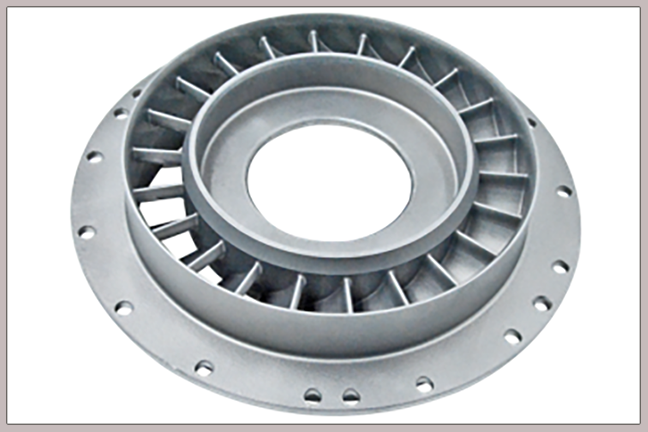Materials
Whether your choice of materials is metal, metal alloy, or polymer, you may use a wide variety of materials to accomplish your goals. The 3D materials shown below are all capable of being used for your next project, whether you’re in need of parts for the medical, aerospace, automotive, energy, or mold and tooling industries. The list below are the most common materials used. If you are looking for a material that is not listed here, please reach out to B.C. MacDonald & CO. and we will find it for you.
Schedule a free consultation today on your application with B.C. MacDonald & Co.

Titanium
Titanium is a very strong, lightweight, corrosion-resistant material and is used mostly for medical parts production. 3D printed titanium has a matte gray finish with a slightly rougher and less defined surface.

Aluminum
Aluminum alloys feature good chemical resistance, are very lightweight, and feature one of the best strength-to-weight rations of any metal. It is the choice of many in the aerospace and automotive industries for its abilities to withstand harsh conditions.

Stainless Steel
- 17-4
- 15-5
- 420
- 316
Stainless Steel is a good material for printing both functional and spare parts in 3D. The material is easy to maintain because it attracts little dirt and never rusts. Stainless is used to offer solid pieces and essential hygienics in medical, aeronautical, automobile and domestic products industries.

Inconel
- 716
- 625
Inconel is a high strength, corrosion resistant nickel chromium super alloy ideal for parts that will experience extreme temperatures and mechanical loading.

Super Alloy
- Nitinol
- Haynes 282
- Tantalum
Super alloys are an important group of high-temperature materials used in the hottest sections of jet and rocket engines. They are based on nickel, cobalt or iron with large additions of alloying elements to provide strength, toughness and durability at high temperature.

Nylon (PA)
- PA 6
- PA 11
- PA 12
- Polypropylene
- TPU
- Glass filled
Nylon is a polymer know for its high durability, strength and flexibility. It is ideal for printing functional parts and prototypes due to outstanding mechanical properties, and good chemical, impact and heat resistance. Parts printed in Nylon can be easily post-processed in any color.

Carbon PA
Carbon PA is a composite material in which chopped carbon fibers are incorporated into a polyamide matrix, creating one of the highest performing 3D printing polymers in the industry. It is ideal for high-end mechanical applications.

Photopolymers
- Rigid
- Tough
- Flexible/elastomeric
- Dental
- Daylight
- Supplementary
There are many different photopolymer resins available for 3D printing. They vary in strength, heat resistance, static dissipative qualities and other mechanical properties that allow engineers to produce unique parts for niche applications.

PEEK
- PEEK
- Carbon PEEK
- Ceramic PEEK
PEEK (Polyetheretherketone) is an engineering thermoplastic characterized by properties ranging from high-temperature performance to mechanical strength and excellent chemical resistance. PEEK 3D printing is likely to be a key driver for the use of AM technologies in mass production.
Schedule a free consultation today on your application with B.C. MacDonald & Co.


